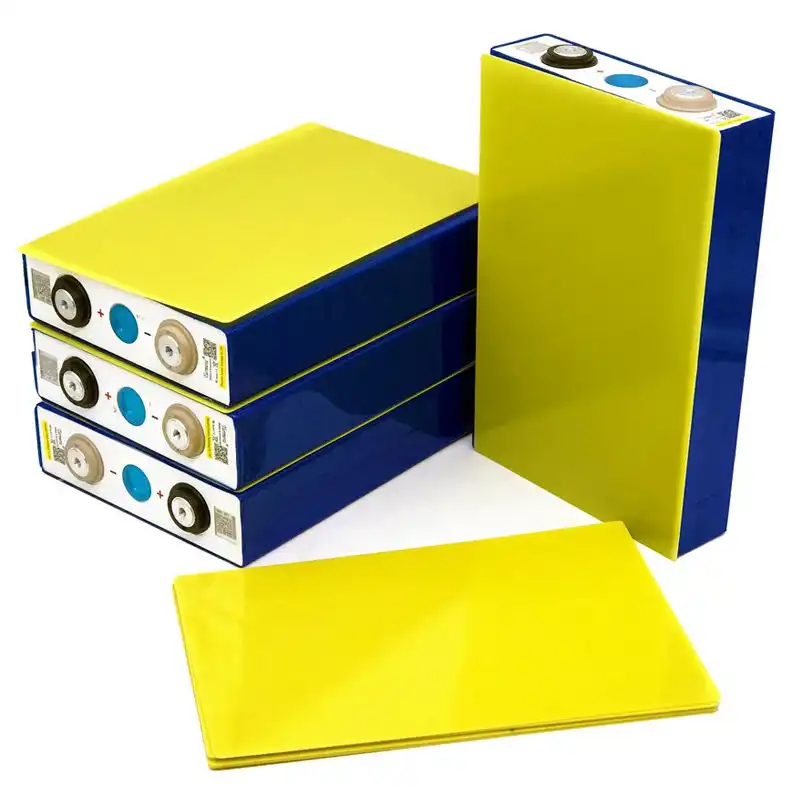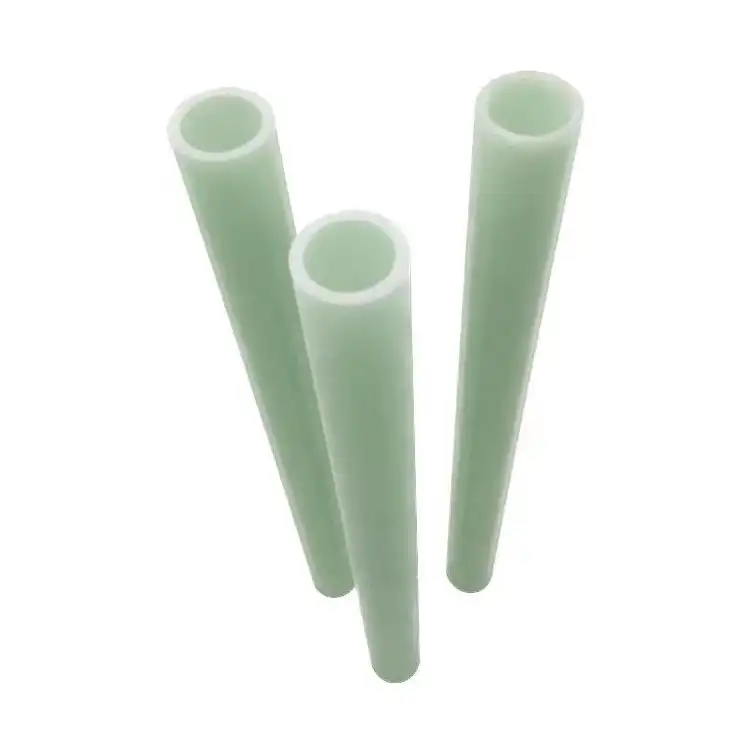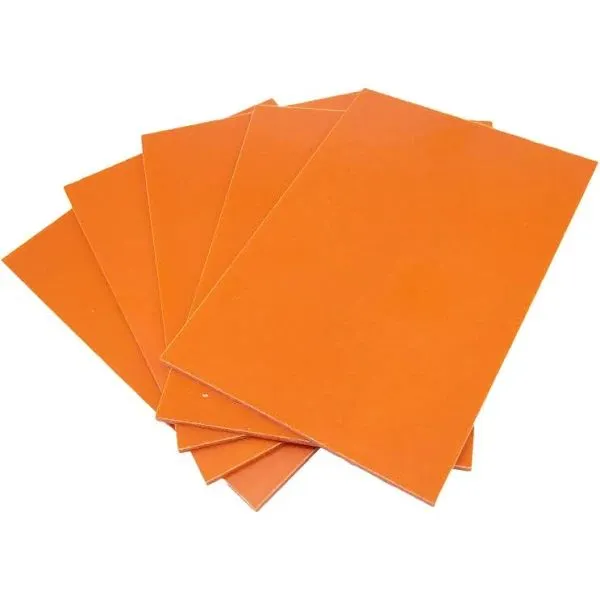3240 epoxy sheet use guide: key notes and maintenance points
2025-01-20 17:04:54
3240 epoxy sheet is a versatile and durable material widely used in electrical insulation applications. This guide provides essential insights into the proper use and maintenance of 3240 epoxy sheets. Key points include understanding the material's properties, proper handling techniques, and optimal storage conditions. Maintenance focuses on regular inspections, cleaning procedures, and protective measures to extend the sheet's lifespan. By following these guidelines, users can ensure maximum performance and longevity of their 3240 epoxy sheets in various industrial and electrical applications.
Understanding 3240 Epoxy Sheet Properties and Applications
Composition and Characteristics
3240 epoxy sheet is a composite material consisting of epoxy resin reinforced with glass fabric. This composition results in a product with exceptional electrical insulation properties, high mechanical strength, and excellent thermal resistance. The sheet's unique structure allows it to maintain its integrity under various environmental conditions, making it ideal for demanding applications.
Electrical Insulation Capabilities
One of the primary applications of 3240 epoxy sheet is in electrical insulation. The material exhibits superior dielectric strength, low dielectric constant, and high volume resistivity. These properties make it an excellent choice for insulating high-voltage equipment, transformers, and switchgear. The sheet's ability to maintain its electrical properties even in harsh environments contributes to its reliability in critical electrical systems.
Mechanical and Thermal Performance
Beyond its electrical properties, 3240 epoxy sheet boasts impressive mechanical and thermal characteristics. The material demonstrates high tensile and flexural strength, allowing it to withstand substantial physical stress without deformation. Its thermal stability is noteworthy, with the ability to maintain its properties across a wide temperature range. This combination of mechanical and thermal performance makes 3240 epoxy sheet suitable for applications in aerospace, automotive, and industrial machinery sectors.
Key Notes for Proper Use of 3240 Epoxy Sheet
Handling and Cutting Techniques
Proper handling of 3240 epoxy sheet is crucial to maintain its integrity and performance. When working with the material, it's essential to use clean, dry gloves to prevent contamination. Cutting the sheet requires specialized tools such as carbide-tipped saws or water jet cutters to ensure precise edges without delamination. It's advisable to perform cutting operations in a dust-free environment to prevent particles from interfering with the sheet's surface quality.
Temperature and Humidity Considerations
3240 epoxy sheet's performance can be influenced by environmental factors. While the material exhibits excellent thermal stability, extreme temperature fluctuations should be avoided during storage and use. Maintaining a consistent ambient temperature between 20°C and 25°C is ideal. Humidity control is equally important, as excessive moisture can affect the sheet's electrical properties. Storing and using the material in environments with relative humidity below 60% helps preserve its optimal performance.
Proper Installation and Mounting
When installing 3240 epoxy sheet, attention to detail is paramount. Ensure that the mounting surface is clean, dry, and free from any contaminants. Use appropriate fasteners and mounting techniques that do not compromise the sheet's integrity. In applications where the sheet is subjected to vibration or thermal cycling, allow for slight expansion and contraction by providing adequate clearance around the edges. Proper installation practices contribute significantly to the longevity and effectiveness of the 3240 epoxy sheet in its intended application.

Maintenance Points for Prolonged 3240 Epoxy Sheet Performance
Regular Inspection Protocols
Implementing a regular inspection routine is crucial for maintaining the performance of 3240 epoxy sheet. Visual inspections should be conducted periodically to check for signs of physical damage, discoloration, or surface contamination. In electrical applications, non-destructive testing methods such as partial discharge measurements can be employed to assess the sheet's insulation integrity. Establishing a comprehensive inspection schedule tailored to the specific application helps in early detection of potential issues and ensures the continued reliability of the material.
Cleaning and Decontamination Procedures
Maintaining the cleanliness of 3240 epoxy sheet is essential for preserving its electrical and mechanical properties. Dust, oil, and other contaminants can accumulate on the surface over time, potentially compromising performance. Cleaning should be performed using non-abrasive methods and mild, non-conductive cleaning agents. A soft cloth or sponge dampened with a solution of isopropyl alcohol and deionized water can effectively remove most contaminants. After cleaning, ensure the sheet is thoroughly dried to prevent moisture retention.
Environmental Protection Measures
Protecting 3240 epoxy sheet from adverse environmental factors is crucial for long-term performance. In outdoor or harsh industrial environments, consider implementing protective enclosures or coatings to shield the material from UV radiation, chemical exposure, and moisture ingress. For applications in high-humidity areas, the use of desiccants or dehumidifiers in the vicinity of the installed sheet can help maintain optimal conditions. Regular monitoring of environmental parameters and taking proactive measures to mitigate potential risks will significantly extend the service life of the 3240 epoxy sheet.
Conclusion
3240 epoxy sheet stands as a pinnacle of electrical insulation technology, offering unparalleled performance in diverse applications. By adhering to the key notes for proper use and diligently following maintenance points, users can harness the full potential of this remarkable material. The combination of careful handling, strategic installation, and proactive maintenance ensures that 3240 epoxy sheet continues to deliver exceptional electrical insulation, mechanical strength, and thermal stability throughout its extended service life. As industries evolve and demand ever-higher performance standards, 3240 epoxy sheet remains a reliable and versatile solution for critical insulation needs.
Contact Us
For more information about our 3240 epoxy sheet products and expert guidance on their application, please don't hesitate to reach out to our experienced team. Contact us at info@jhd-material.com to discuss your specific requirements and discover how our solutions can enhance your projects.
References
1. Johnson, R. T. (2021). Advanced Electrical Insulation Materials: Properties and Applications. IEEE Electrical Insulation Magazine, 37(2), 15-28.
2. Smith, A. B., & Davis, C. D. (2020). Epoxy Composites in High-Voltage Engineering: A Comprehensive Review. Journal of Applied Polymer Science, 137(22), 48901.
3. Thompson, L. M. (2019). Maintenance Strategies for Electrical Insulation Systems. Proceedings of the International Symposium on Electrical Insulating Materials, 245-250.
4. Wu, X., & Chen, Y. (2022). Environmental Factors Affecting the Performance of Epoxy-Based Insulation Materials. IEEE Transactions on Dielectrics and Electrical Insulation, 29(3), 1021-1029.
5. Garcia, E. F., & Lopez, M. R. (2020). Non-Destructive Testing Methods for Epoxy Insulation in Electrical Equipment. NDT & E International, 112, 102238.
6. Anderson, K. L. (2021). Long-Term Reliability of Epoxy Insulation Sheets in Industrial Applications. Industrial & Engineering Chemistry Research, 60(15), 5512-5523.







